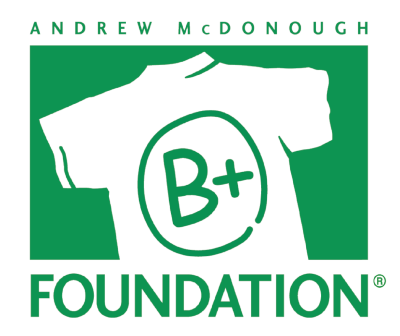Developing A Novel Therapeutic Strategy for Rhabdomyosarcoma
UT Southwestern Medical Center, Dallas, TX
Rhabdomyosarcoma (RMS) is the most common soft tissue sarcoma in children. Even with intensive treatment, outcome for patients with metastatic or recurrent disease remains poor. The 5-year survival rate of children with high-risk RMS is only 20% – 30%, with very little improvement over the last 30 years. Therefore, new therapy based on better understanding of this disease is urgently needed. In this proposal, our goal is to develop an effective therapeutic strategy for RMS.
To achieve this aim, my colleagues and I recently combined a new computational approach (iExCN algorithm) and an experimental tool (CRISPR/Cas9-based screen) to identify cancer disease genes in RMS. We have successfully identified 29 RMS disease genes whose expression is driven by copy-number variations and have validated more than half of them. We then applied another computational approach (rFBA algorithm) to predict synergistic drug combinations targeting two RMS disease genes. We found the drug combination targeting both EZH2 and CDK4/6 is promising and our preliminary data support it. Here, we are going to further test the synergistic drug combination in preclinical models, and study the pharmacodynamics of the drug combination. The drug combination we are studying is either FDA-approved drug or drug currently in single-agent clinical trials in children. Therefore, upon completion of this work, we will be able to rapidly advance this promising combination to clinical trials for patients with RMS.

